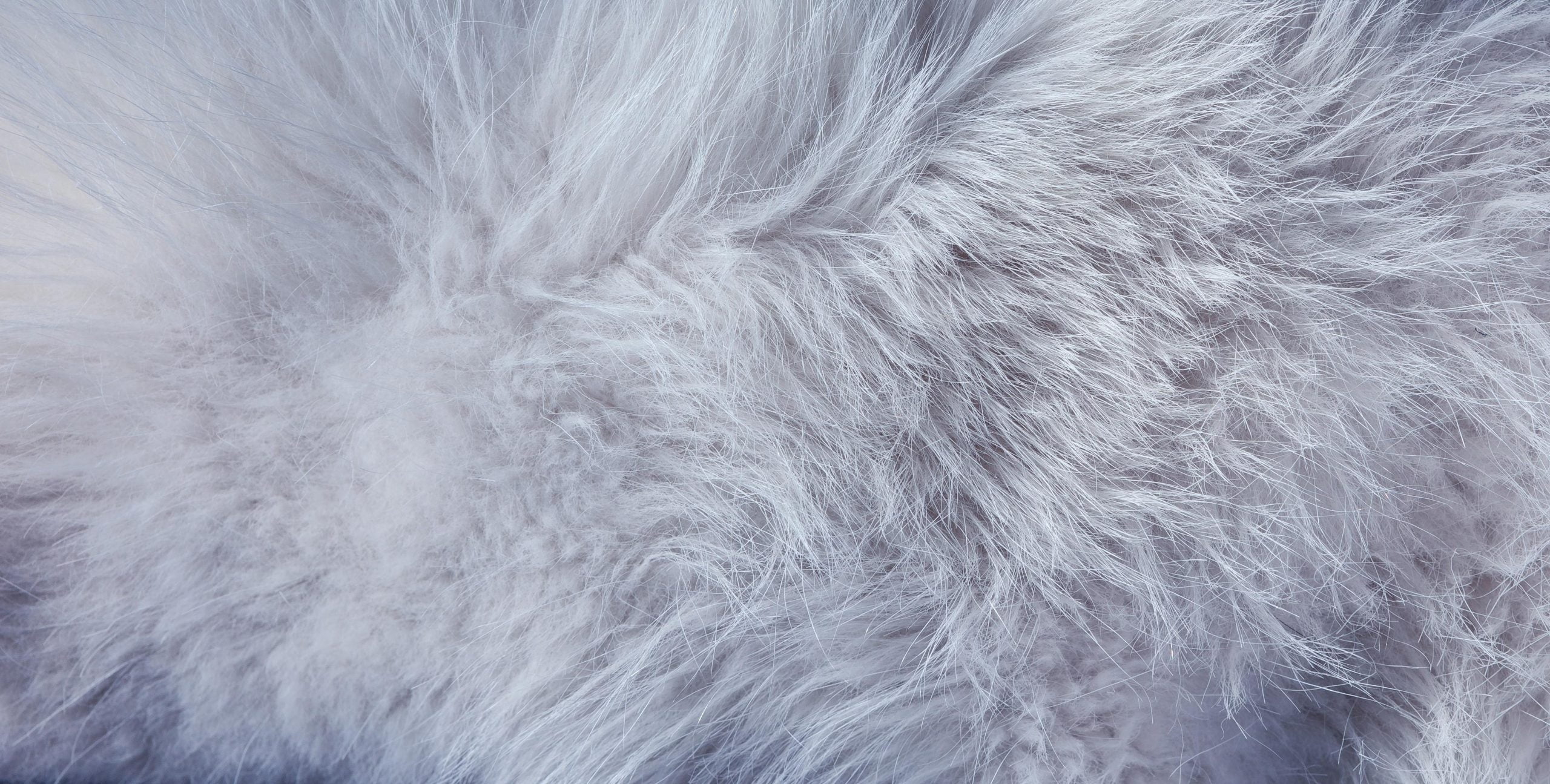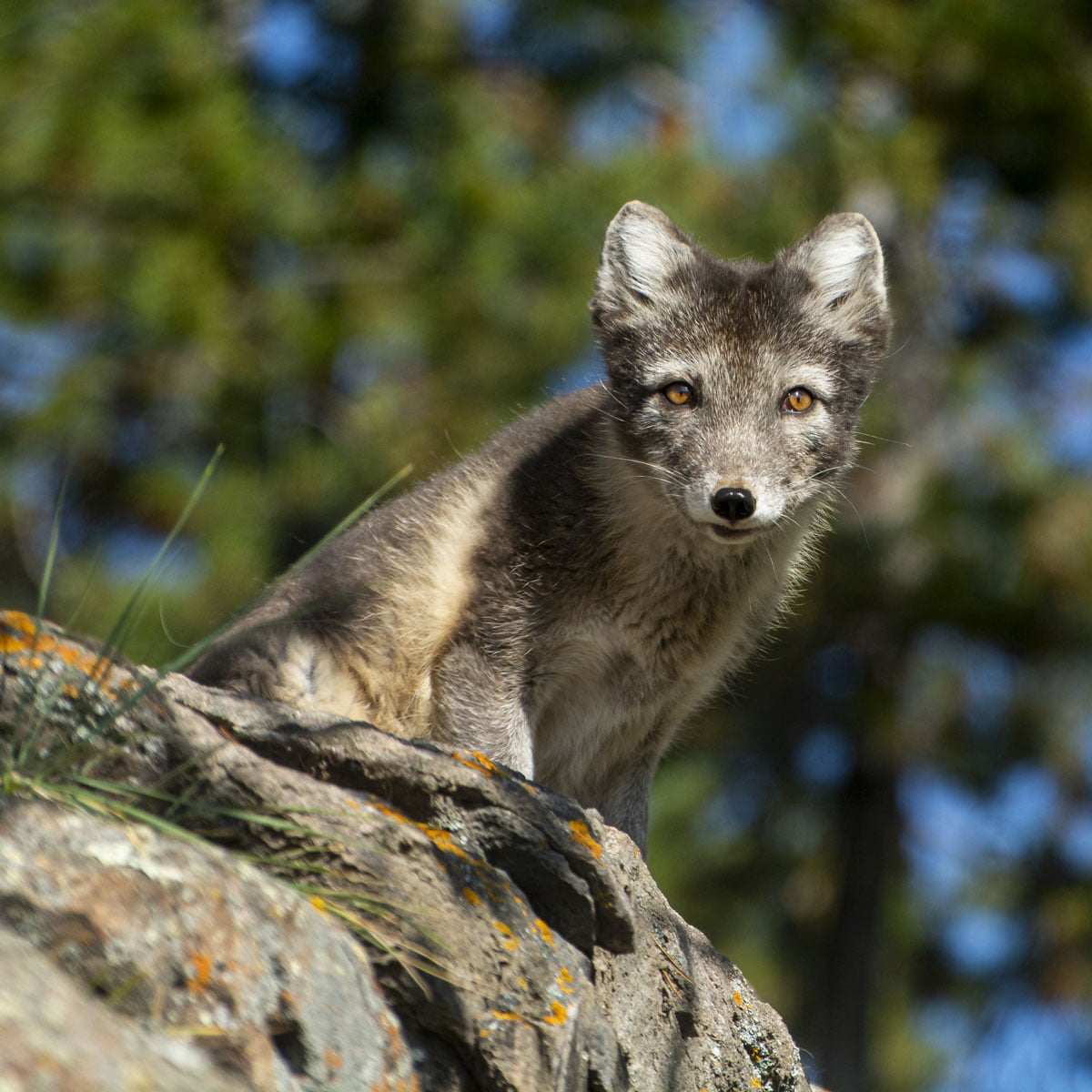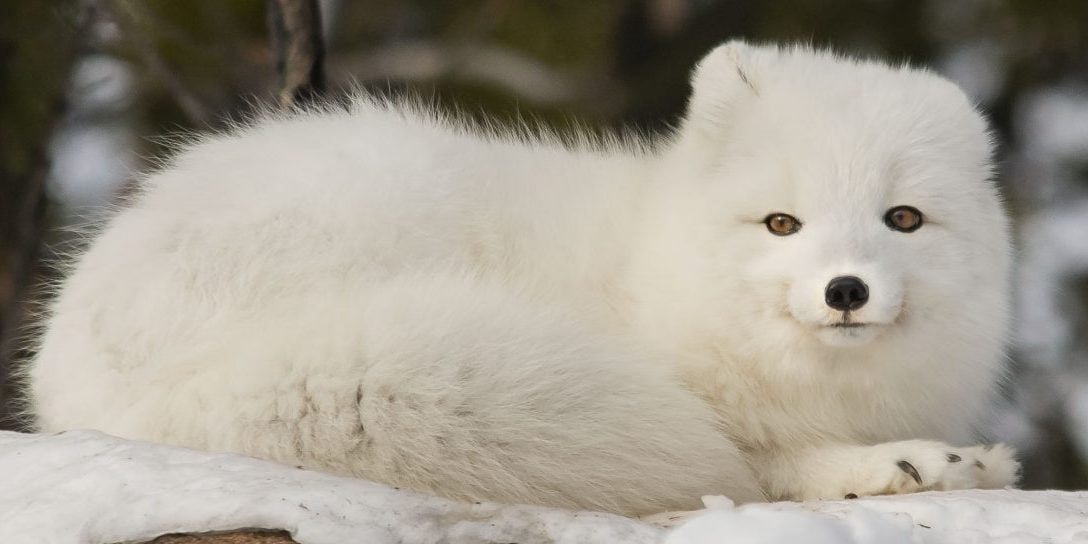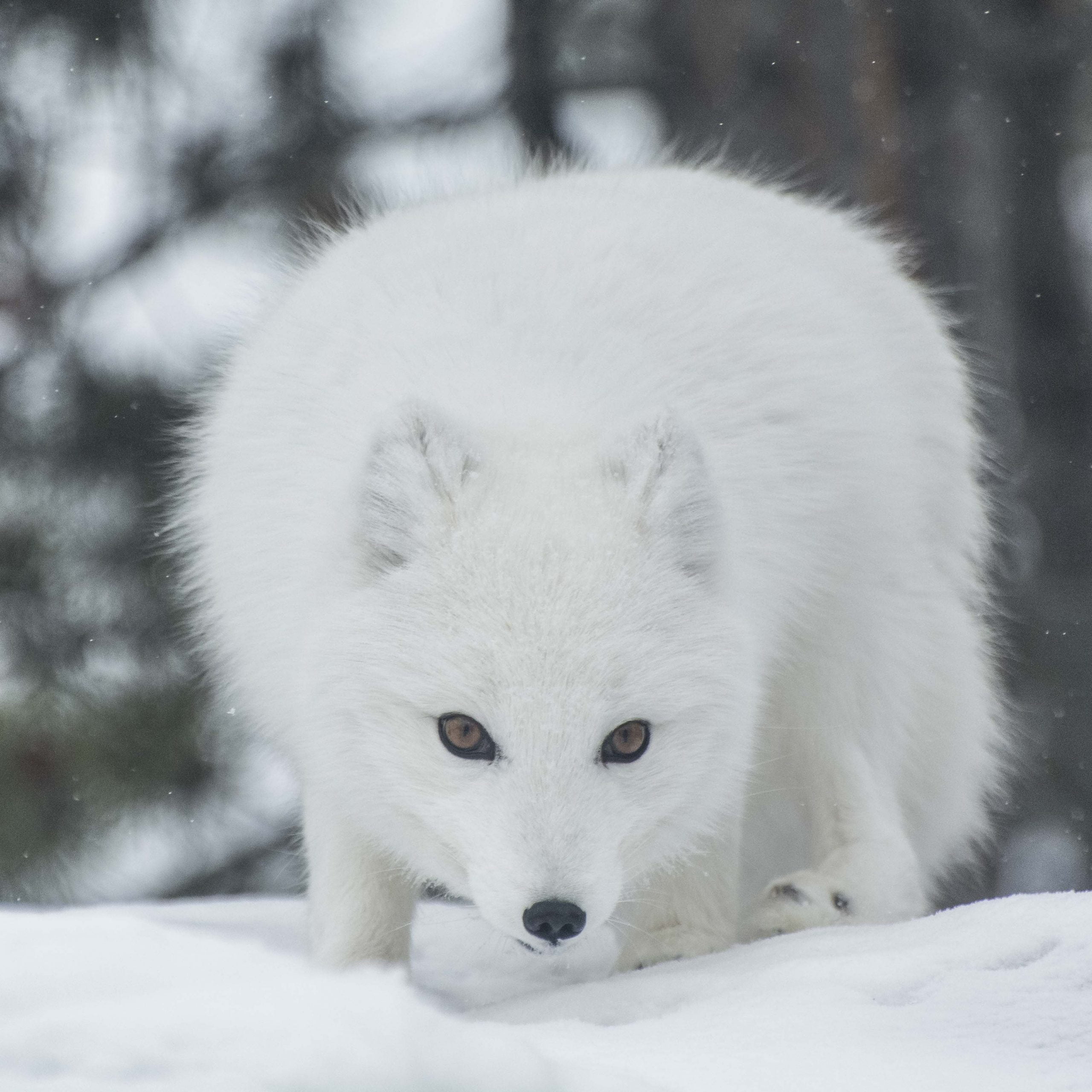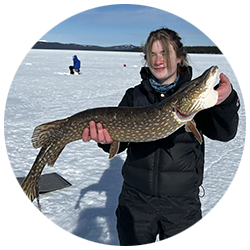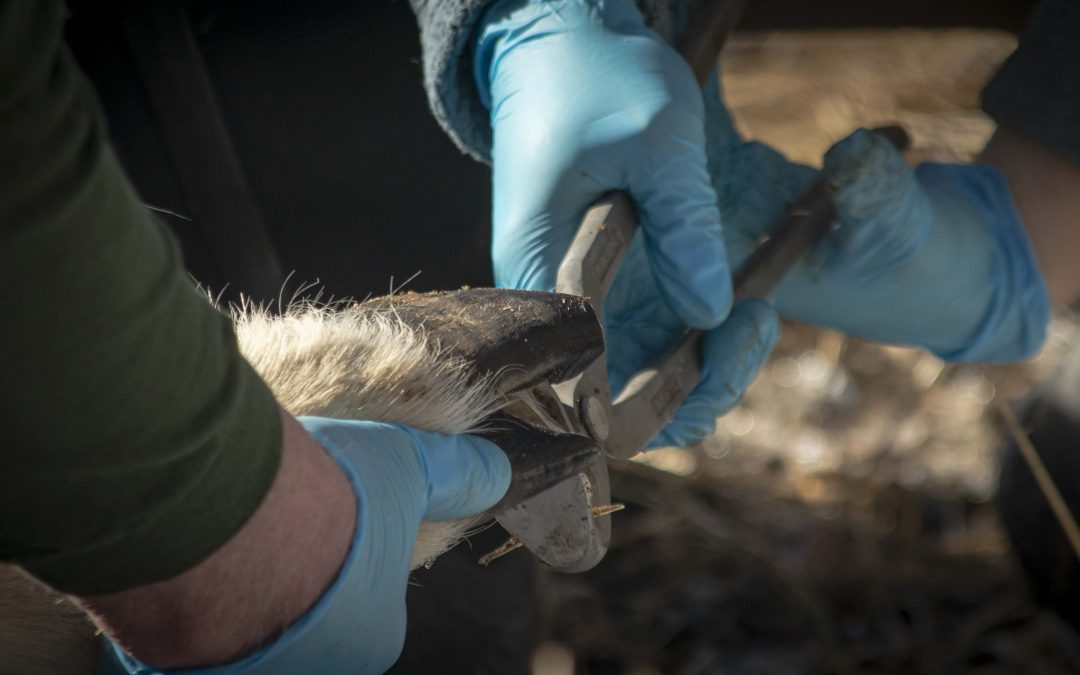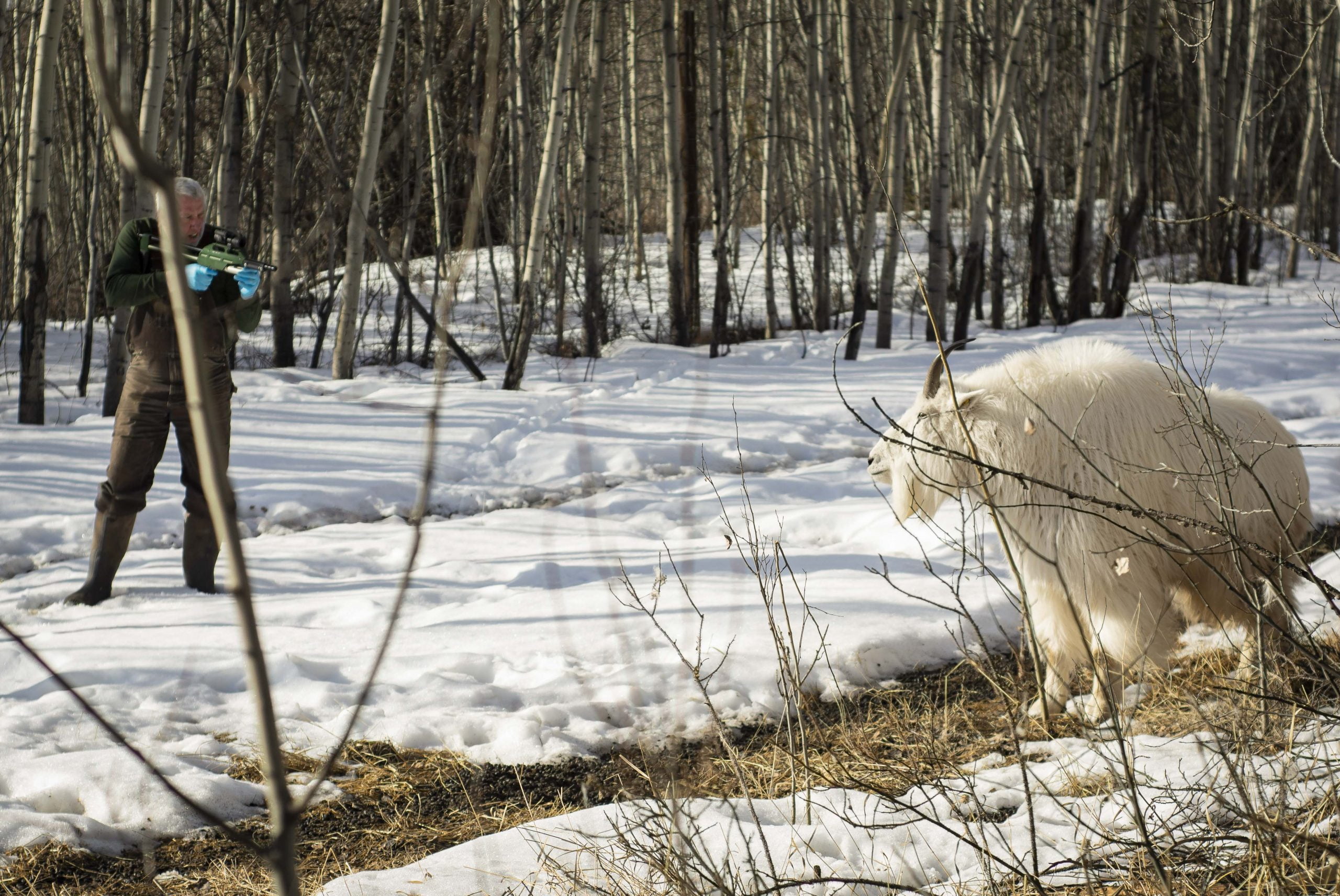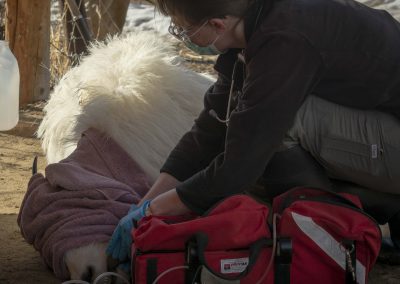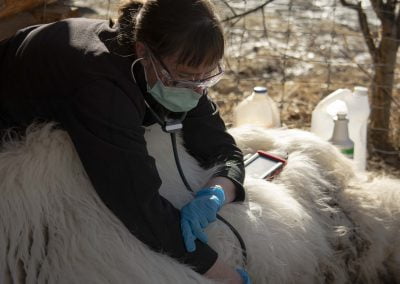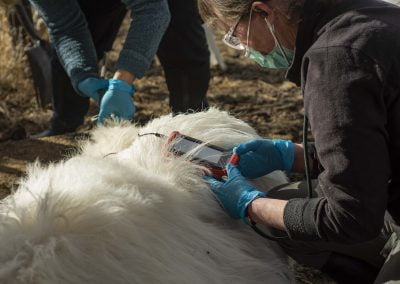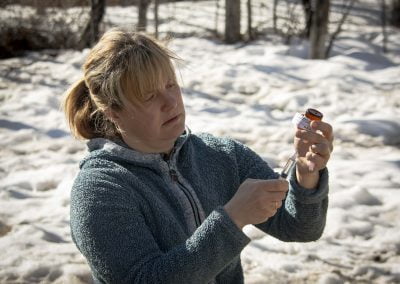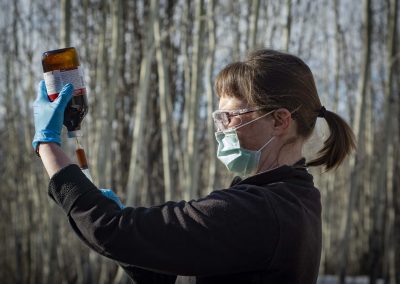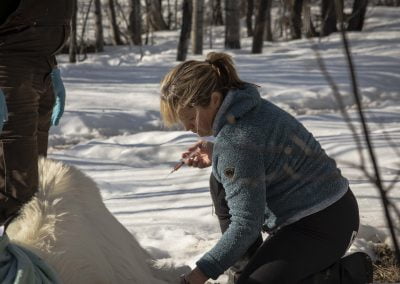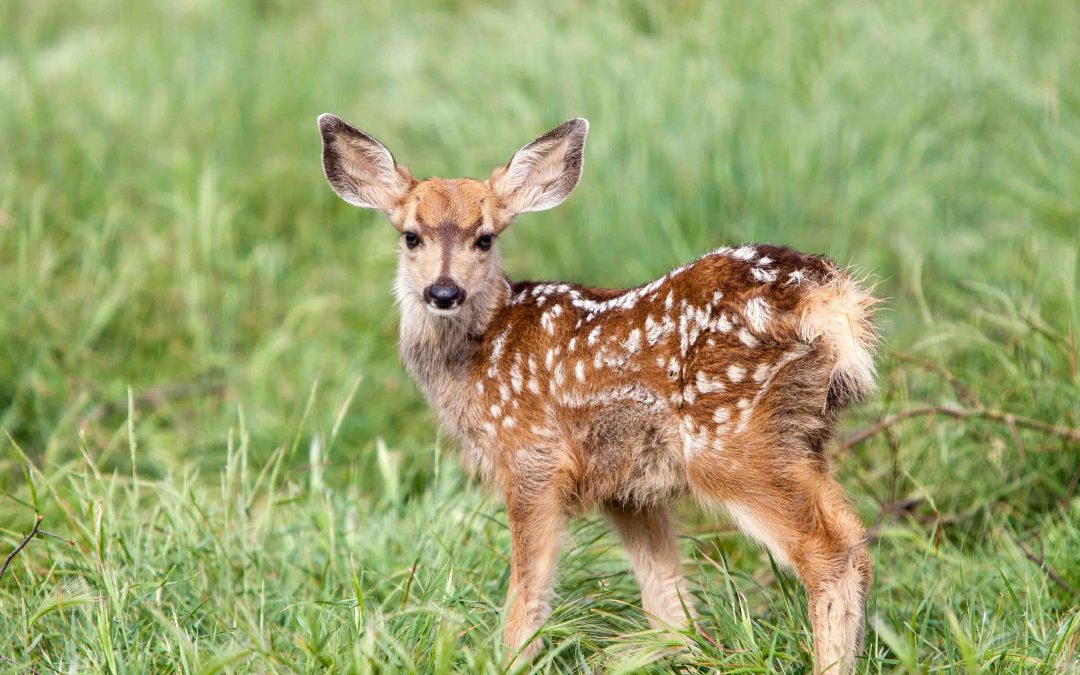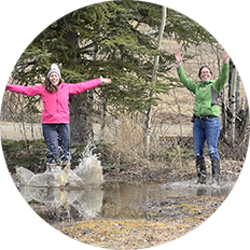
YWP to Reopen
YWP to Reopen
The Yukon Wildlife Preserve re-opens to the public Monday June 1st, 2020. The Preserve closed March 23rd, 2020 for the safety and wellbeing of our animals, staff and visitors. The Preserve will be open daily from 10:30am to 5:30pm with modified services.
As a large and mostly outdoor facility, the Preserve is a place of solitude and reprieve, as well as a popular social destination. The Preserve is taking a phased approach to opening and will continue to evaluate and adapt to ensure the risks are managed appropriately.
While onsite, we ask that visitors adhere to the guidelines at yukon.ca/covid-19 including:
- Limiting group sizes to your immediate household (or household bubble if applicable)
- Physical distancing of at least 2m from other visitors / households
We ask that visitors stay home if they are exhibiting any COVID-19 symptoms, have travelled outside Yukon in the last 14 days, or have been in contact with anyone sick with COVID-19 in the last 14 days.
What to expect while visiting during COVID-19
In the first phase:
- Open daily 10:30am – 5:30pm for General Admission only (walk, bike, etc)
- Last admission entry 4:30pm
- Tickets and memberships available:
- Online for pre-purchase https://yukonwildlife.ca/experience/tickets
- On-site via card (credit/debit) only – tap is preferred.
- Tickets, gift shop sales and pre-purchased ticket check-in will be via window-service only. The Reception Cabin / Gift Shop will remain closed for now.
- We ask that groups send a single representative up to the cabin window to minimize crowding.
- No regularly scheduled bus tours at this time.
- For accessibility accommodations, please contact ahead of time.
- As a rustic, outdoor facility, there opportunities for enhanced cleaning are inherently limited.
- All outhouses will be open. They will be cleaned once a day and hand sanitizer will be stocked at each outhouse.
- Rough, porous wood surfaces including picnic tables, benches and viewing platform rails will not be cleaned/sanitized.
- Hand-washing stations are not available at this time; however, hand sanitizer will be stocked at all outhouses and the Reception Cabin.
- Signage to encourage physical distancing will be in place at busier locations / popular viewing spots.
- Enhanced staff safety measures:
- Staff are following all recommended guidelines, including:
- Staying at home if sick
- Physical distancing guidelines
- Workplace cleaning/sanitation guidelines
- Animal Care staff minimizing on-site work during open hours
Thank you for your support in implementing these guidelines! Your cooperation will ensure a successful reopening!
We still need your support!
Our commitment to wildlife—and to you, our community—are at the heart of everything we do. Re-opening will allow us to continue our mission to connect our visitors to the natural world. It will also help mitigate the financial impacts on the long-term sustainability of the Preserve. That said, the ongoing, daily costs of caring for 200+ animal doesn’t change; so we’re not out of the woods yet. We still need your support.
Ways to Support
• • •
Leverage extra resources, services or expertice and make an in-kind contribution to the Preserve’s day-to-day operations.
Make a one-time or monthly tax-receiptable donation to education, wildlife rehabilitation, or general operations.
Turn your businesses cash or in-kind support for the Preserve into PR for your business and perks for your team.
We are forever grateful for your continued support. Together, we will overcome the challenges ahead. Our commitment to wildlife—and to you, our community—are at the heart of everything we do.
More on how the Preserve is Responding to COVID-19
1. Ensuring Continuity of Care
We have more than 200 animals that depend on us. As a result, we have a heightened responsibility to protect the well-being of the staff they depend on.
The daily feeding and care of 200+ animals is no small task. We have a small but dedicated team who makes this all happen. Ensuring continuity of care is about protecting our team and developing contingency plans.
To protect our staff we are going above and beyond the recommendations on cleaning and physical distancing. This includes:
- Compartmentalizing our primary animal care staff to minimize onsite contact and work-site overlaps;
- Developing and continually enhancing work-site cleaning protocols;
- Developing protocols for working with felids (due to known cases of human-felid transmission of COVID-19);
- Developing protocols for interfacing with public when required for accepting wildlife in need of medical care and rehabilitation.
We have also put a number of contingency plans in place, including:
- Cross-training other staff to create a secondary animal care team;
- Developing emergency care protocols and emergency contacts for the secondary team;
- Developing a list of trained heavy equipment operators who can move hay and pellets;
- Close monitoring of medical and food supply chains as well as careful inventory management of key supplies and food;
- Diligent financial planning to ensure quality of care is not compromised.
2. Staying Connected
Our team has been hard at work to bring you stories, videos and regular updates during our temporary closure. As we transition to being open again, we’ll continue to bring you stories and videos as we are able
You can support the Preserve by engaging with and re-sharing this content. Reaching a broader audience has a direct impact on the number of donations we receive – and will help us rebound when tourism gradually resumes!
Our animals need daily food and care. Those donations are still critical for off-setting the loss of visitor revenue.
3. Reduction of Services
The pandemic has forced a reduction of services across our organization. Wherever possible we are redeploying our team to continue on our mission. However, in many cases we have also had the difficult necessity of reducing our team.
With a phased re-opening, we’ll be slowly returning to our original levels of services – as is feasible.
Our educational programming has also been impacted. The suspension of schools has also meant that:
- YWP staff did not deliver school programs at Swan Haven in April;
- YWP staff will not deliver school programs to Yukon students at the Preserve in May and June.
We are working closely with our funding partners for these programs to redeploy these resources (as feasible) to achieve our program goals in other ways.
4. Planning for an Uncertain Future
It’s hard to say when we will reopen. We are now expecting to be closed through May. But we will continue to adapt as the situation evolves.
We are now expecting to see a 55%+ decrease in expected visitation for the 2020-21 fiscal year. However, we are also planning for scenarios where we see an 80%+ decrease. This is due to two key factors:
- 65% of our visitation happens in the first 6 months of the year – and the first half of the year will be most impacted.
- Approximately 60% of our visitors are tourists (non-Yukoners). We are currently expecting severely depressed tourism to continue for 6-12 months before slowly returning towards normalcy.
Revenue from visitation and educational programs accounts for more than $500,000 annually. As a result, we are expecting shortfalls of $200-400k.
We are staying abreast of and participating, where we are eligible, in Territorial and Federal financial supports.
In the meantime, your support is a critical part of ensuring the Preserve’s continued operation.
Ways to Stay Connected
• • •
Get the latest at
facebook.com/yukonwildlife
Read original blog articles
yukonwildlife.ca/blog
Get the latest videos
youtube.com
See photos and more at
instagram.com/yukonwildlifepreserve

Jake Paleczny
He/Him - Executive Director/ CEO
Jake Paleczny is passionate about interpretation and education. He gained his interpretative expertise from a decade of work in Ontario’s provincial parks in addition to a Masters in Museum Studies from the University of Toronto. His interests also extend into the artistic realm, with a Bachelor of Music from the University of Western Ontario and extensive experience in galleries and museums.


